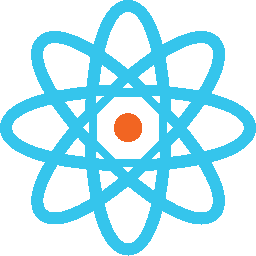Quasiparticles have been used to formulate popular LENR theories including the the Widom–Larsen theory
The Widom–Larsen theory is a proposed explanation for low energy nuclear reactions (LENR). It was developed in 2005 by Allan Widom and Lewis Larsen.
The theory involves the coupling of collective oscillations to create local nuclear-strength electric fields. The quasiparticle, the surface plasmon polariton (SPP) electron-quasiparticle in these fields increase the electron's effective mass, becoming heavy electrons which was required to make the Widom–Larsen theory workable.
The theory also involves electromagnetic radiation in LENR cells, along with collective effects, to create a heavy SPP electron from a sea of SPP electrons.
The Widom–Larsen model involves the first step of the electron mass increase. As a mainstay in the NASA LENR research in 2012, NASA said that it wants to test and confirm the Widom-Larsen theory.
According to the theory, heavy SPP electrons can react with protons, deuterons, or tritons in surface patches, resulting in the simultaneous production of one, two, or three neutrons, and a neutrino. Using the quasiparticle the SPP, the theory also suggests that energy provided by the voltage gradient on an electrolyzing surface can add incrementally to an electron, causing its mass to increase.
https://www.degruyter.com/docu…mentum%20is%20very%20high
Massive surface-plasmon polaritons
Received June 11, 2021; accepted August 26, 2021;
published online September 9, 2021
Abstract:
It is well-known that a quantum of light (photon)
has a zero mass in vacuum. Entering into a medium
the photon creates a quasiparticle (polariton, plasmon,
surface-phonon, surface-plasmon polariton, etc.) whose
rest mass is generally not zero. In this letter, devoted to
the memory of Mark Stockman, we evaluate the rest mass
of light-induced surface-plasmon polaritons (SPPs) and
discuss an idea that collisions of two massive SPP quasiparticles
can result in changes of their frequencies according
to the energy and momentum conservation laws.
-------------------------------------------------------------------------
The following answer is from the Nobel laureate Frank Wilczek in a talk "Quasiparticles and Quasi-Worlds" (starting from 1:04:40). It seems that he gave the same talk at least three times from 2022 to 2023.
Q: I am wondering with the distinction between quasi-articles and real particles, the reason why I was still having to be very careful with that.
A: I think we should abolish it. The quasi-particles are particles and particles are quasi particles. We use the same theoretical techniques to describe them, …. It’s been extremely fruitful to think of them in the same ways. …. It can suggest new materials to look for, and new properties that materials might have. You could image things from materials that you take over into a description of so-called elementary particle, …. And I should say, it’s not widely known in the high energy community in my experience, but the people who studied liquid crystals have been using topology in very sophisticated ways for a long time and it’s a very beautiful subject, and in many ways, they went much further with it than the particle physicists.
